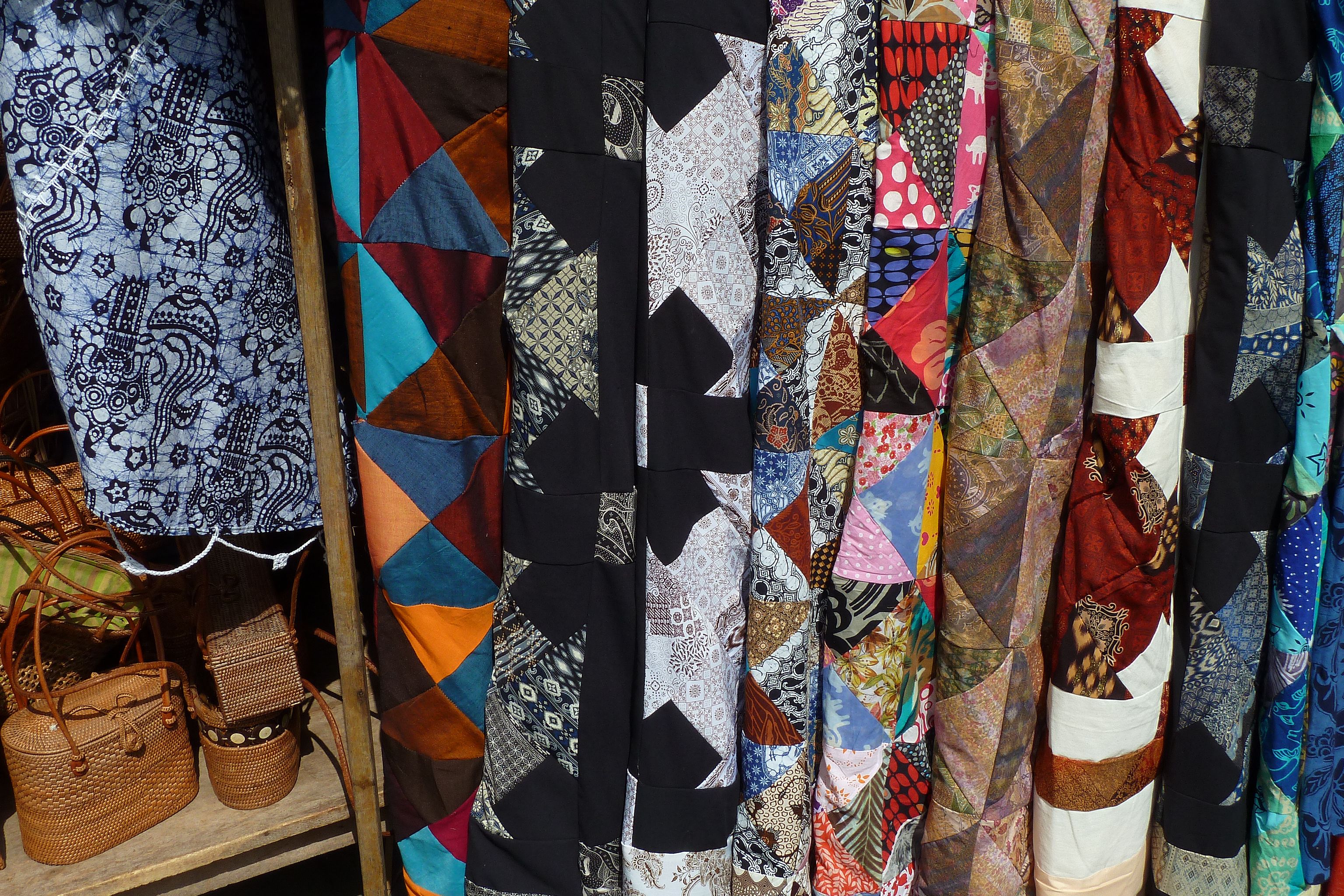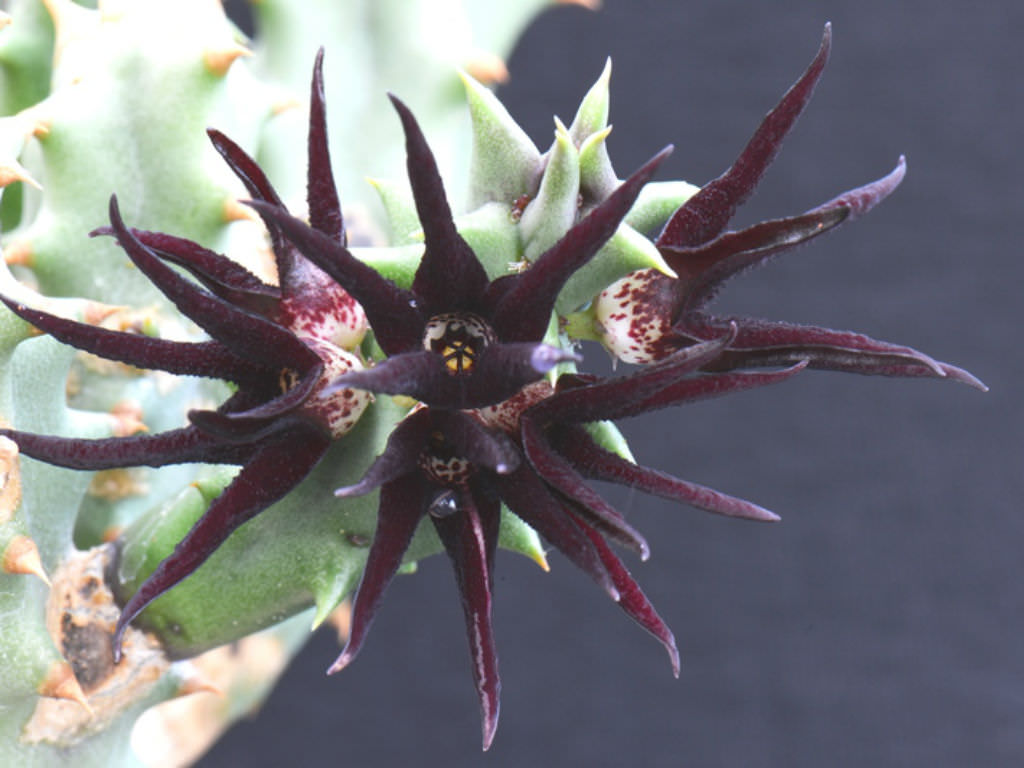

Calcium nitrate is the typical side dressing fertilizer used with vegetable crops and is available at most farm supply stores.Īlthough basil plants need well-drained soil, they still need a relatively constant supply of soil moisture. Evenly spread ¼ to ½ pound of calcium nitrate over the 100 square foot mulched area and water in the fertilizer. With a spacing of 2 feet between plants and 3 feet between rows, a 100 square foot garden space has room for 16 plants.Īpproximately two months after planting, the basil may be fertilized again if plant growth is reduced and foliage color has become paler green. In the absence of a soil test, evenly spread 3 pounds (3 pints) of 5-10-10 per 100 square feet of garden before planting and mix the fertilizer into the soil. A soil test is always recommended before planting a garden to be sure the correct amount of nutrients is added.

If a late frost does threaten, the plants can be covered with pine straw, inverted pots or buckets until the temperature rises the next day.īasil plants should not be over-fertilized because the flavor in the foliage will be reduced during rapid plant growth. For more information, see HGIC 1259, Starting Seeds Indoors.īasil should not be transplanted into the garden until the daytime temperature is consistently in the 70s, and the nighttime temperatures are above 50 ✯. Once the seedlings have 2 sets of true leaves, individual plants should be potted into small containers for faster growth. Germination should take 5 to 10 days at 70 ✯. Seed are typically sown indoors four to six weeks ahead of the outdoor planting time. It also greatly improves the ability of the soil to hold onto fertilizers. The addition of organic matter will improve the ability of sandy soils to hold water, and aid in water drainage within clayey soils. Mix organic matter, such as compost, manure or composted pine bark, into the garden soil before planting, as basil grows best in a rich, well-drained soil. It is best to apply the lime during the fall to allow adequate time for the lime to reduce the soil acidity and to provide the necessary calcium and magnesium for the plants. This is also the best pH range for most vegetables. Have the soil tested, and till or mix into the soil the recommended amount of dolomitic limestone to bring the soil pH to between 6.0 and 6.5.
BASIL QUAQUA FULL
Although basil prefers full sun, it grows reasonably well in part-sun (six hours of sun per day).

To grow any cultivar of basil, choose a sunny site in the garden. Joey Williamson, ©2009 HGIC, Clemson University Culture


 0 kommentar(er)
0 kommentar(er)
